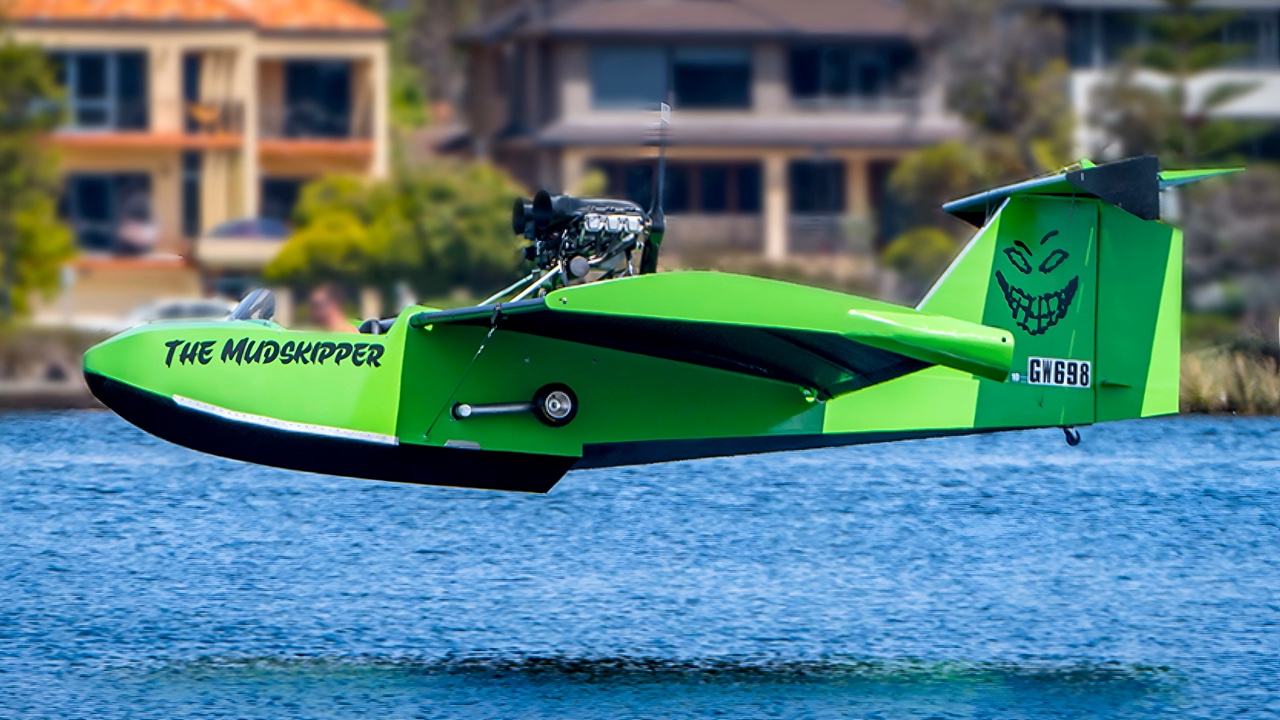
A Hydrogen Vessel That Could Change Coastal Travel Forever
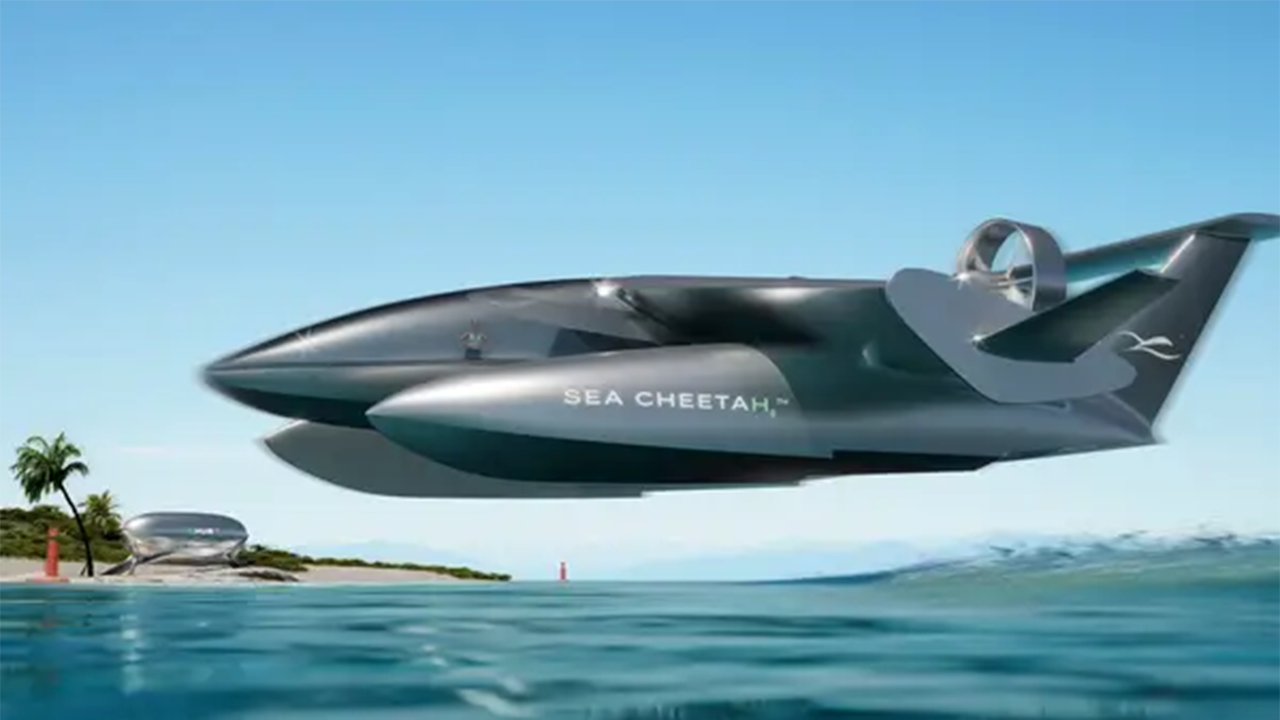
Imagine zipping along the water in a vehicle that looks like it belongs in a sci-fi blockbuster. That’s the vision behind a groundbreaking hydrogen-powered craft that could completely change how we think about coastal travel.
What Is the WIGE Vessel?
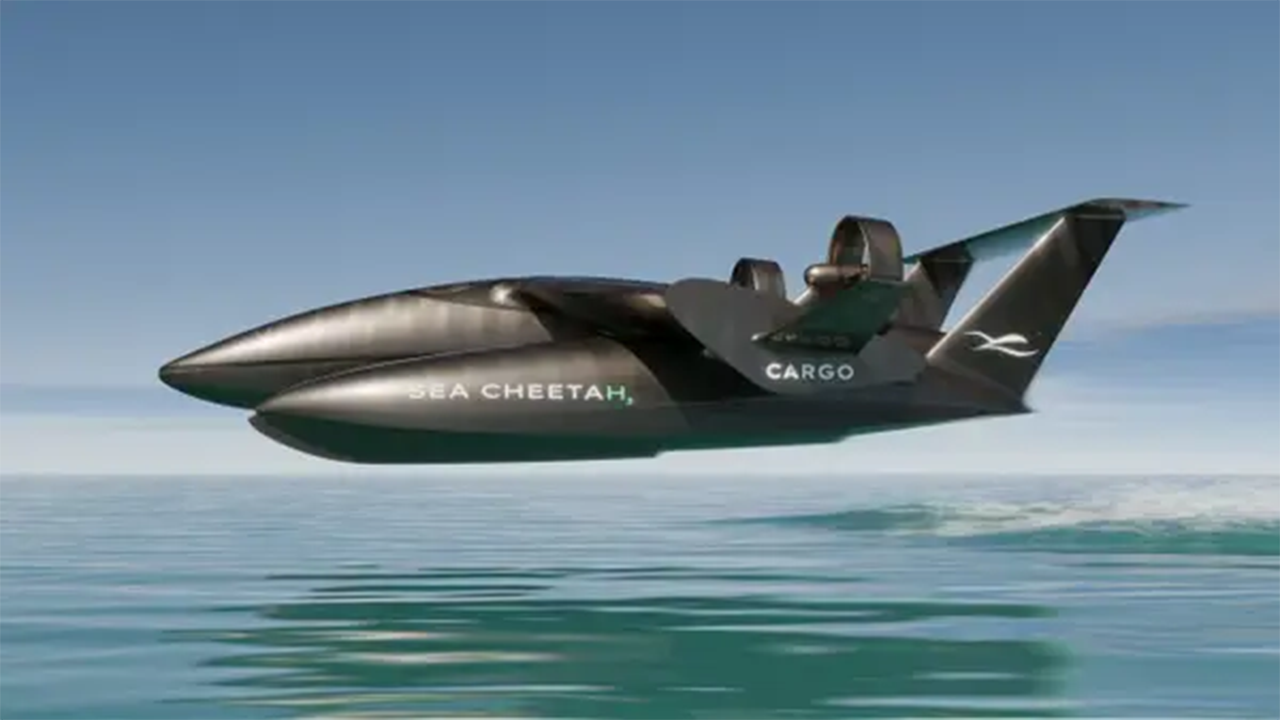
This futuristic craft, called a wing-in-ground effect (WIGE) vessel, has the appearance of an airplane but operates on water. It uses the “ground effect,” which provides lift by staying just above the surface of the water. This design makes it incredibly fast and efficient. Think 10 times faster than a traditional ship—it’s no wonder the company behind it took inspiration from the world’s fastest animal, naming themselves Sea Cheetah Corporation. (Source: Sea Cheetah Corporation)
Unlike traditional boats or planes, this hybrid hydrogen-electric vessel is also a fuel efficiency game-changer. It’s expected to be 10 times more fuel-efficient than airplanes and can carry up to three times the cargo of typical aircraft or ships. That combination of speed, capacity, and eco-friendliness is a big deal for industries like cargo delivery, coastal travel, and even emergency search-and-rescue missions. (Source: Ship Technology)
The Technology Driving the Future
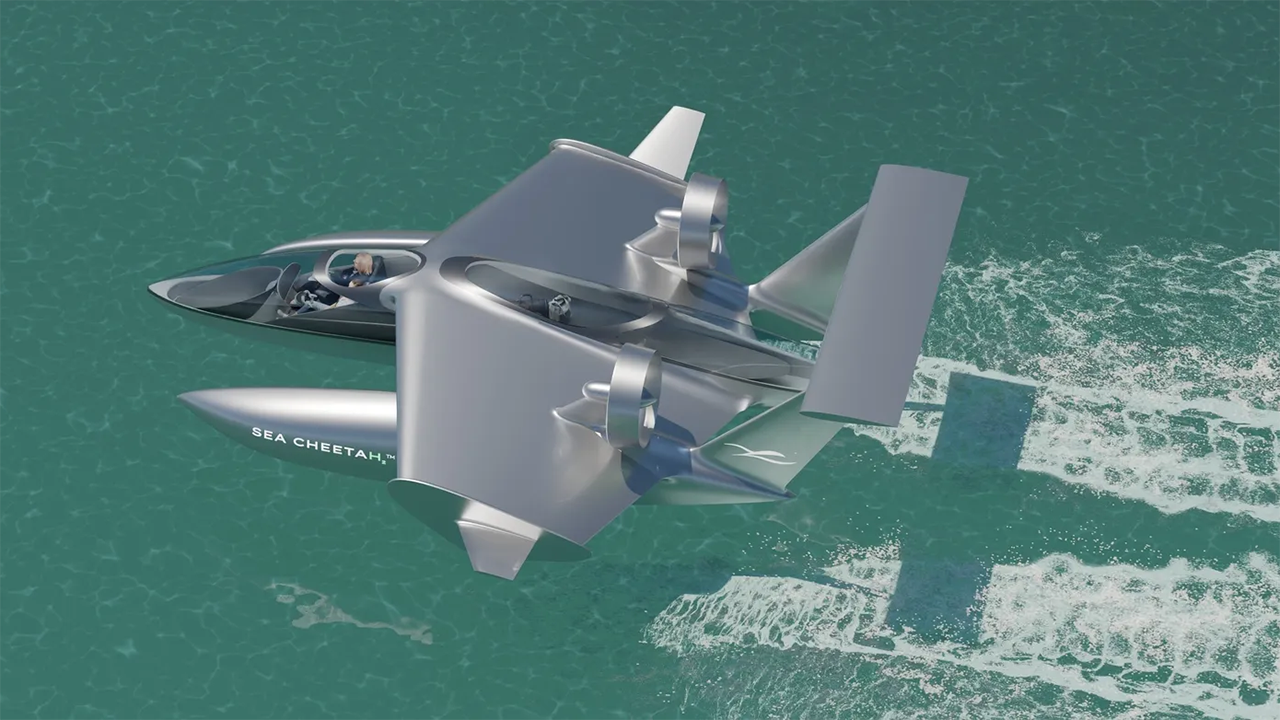
Developed in collaboration with H3 Dynamics, a French company known for hydrogen innovation, the WIGE vessel can reach speeds of up to 230 mph. By staying close to the water’s surface, it takes advantage of the aerodynamic lift generated by its wings and hull, allowing it to remain airborne without constant contact with the water. This not only boosts speed but also slashes operational costs compared to traditional marine or air travel. (Source: Offshore Energy)
To make the vessel even more sustainable, the companies are working on small, decentralized green hydrogen production systems. This would allow the vessels to refuel with green hydrogen produced on-site, cutting down on wait times and expanding their range. It’s a forward-thinking approach to reducing dependency on traditional, polluting fuels. (Source: Electric & Hybrid Marine Technology)
When Can We Expect to See It?
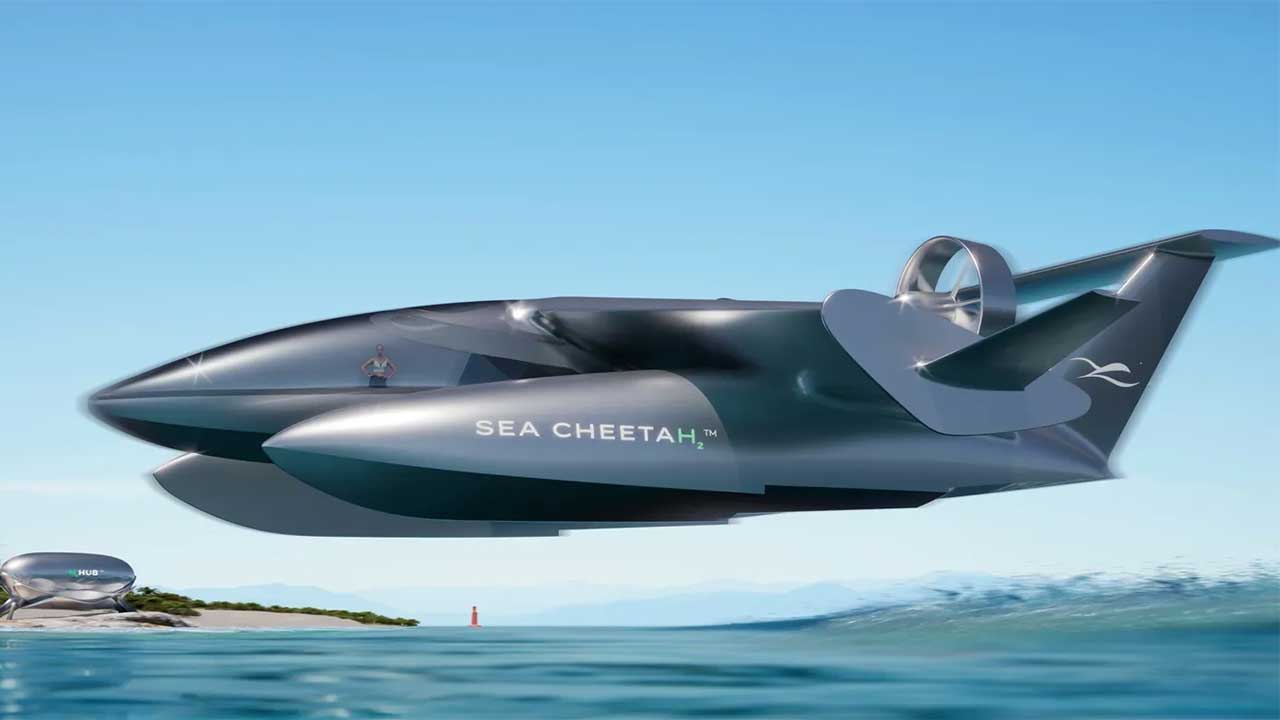
Here’s the catch: there’s no release date just yet. While the potential is enormous, the WIGE vessel is still undergoing certification processes with organizations like the U.S. Coast Guard and International Maritime Organization. Operators would also need to hold both a marine captain’s license and an aircraft pilot’s license, which adds another layer of complexity to getting these vessels into widespread use. (Source: Offshore Energy)
Even so, the partnership between Sea Cheetah and H3 Dynamics is aiming to refine the propulsion system to extend range, enhance payload capacity, and outperform traditional energy-powered vessels in efficiency. Once it’s ready, the WIGE vessel could redefine coastal travel and freight movement. (Source: Environment + Energy Leader)
Why It Matters
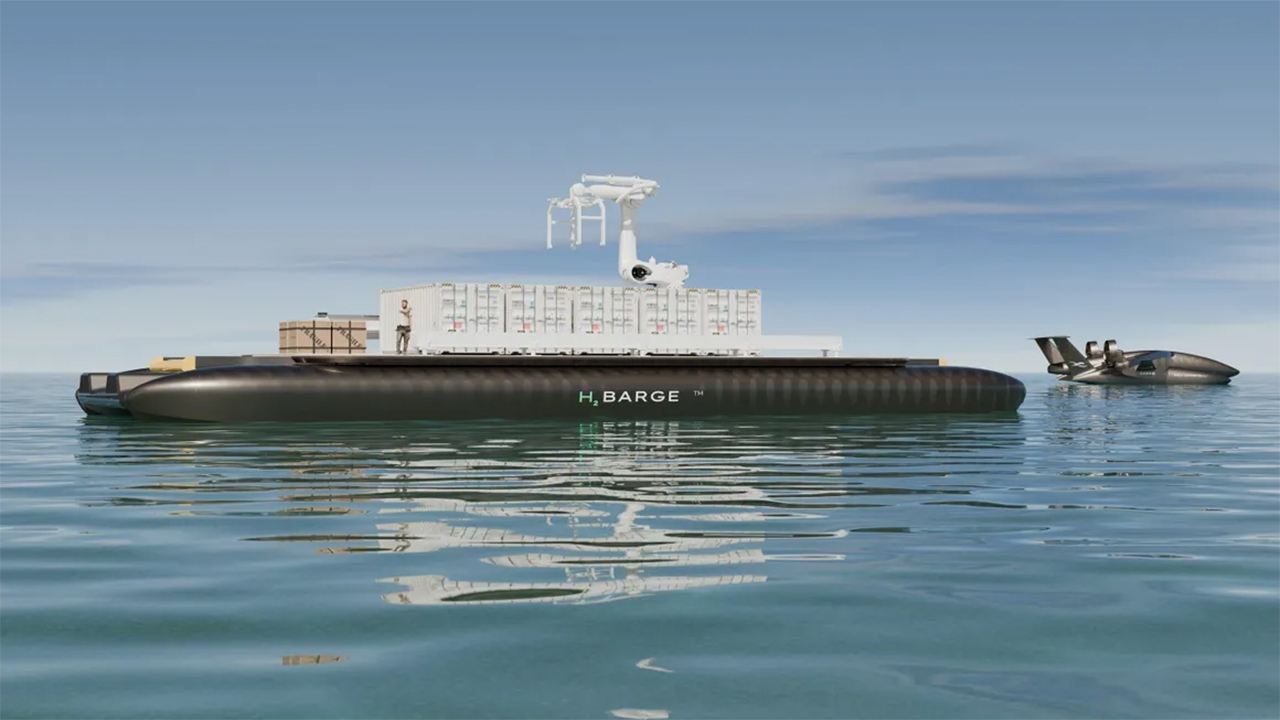
With its combination of speed, efficiency, and sustainability, the WIGE vessel isn’t just an impressive piece of technology—it’s a glimpse into the future of transportation. Whether it’s shuttling people to islands, delivering cargo, or aiding rescue operations, this hydrogen-powered craft has the potential to solve real-world challenges while making travel cleaner and faster.
The dream of coastal travel at airplane-like speeds might not be so far off after all.